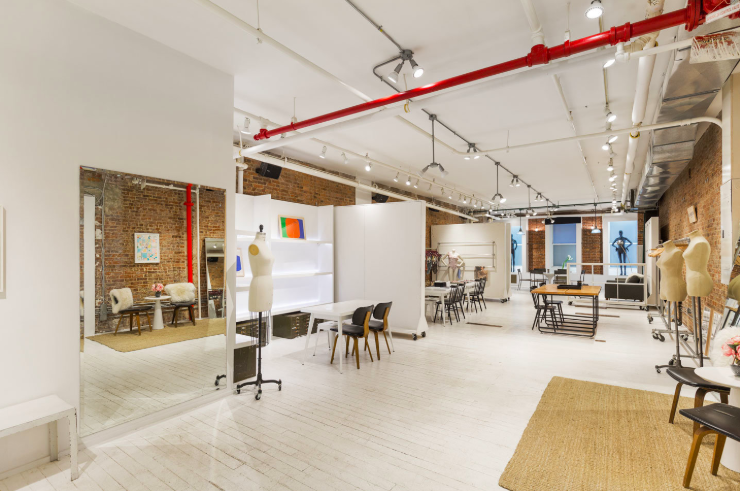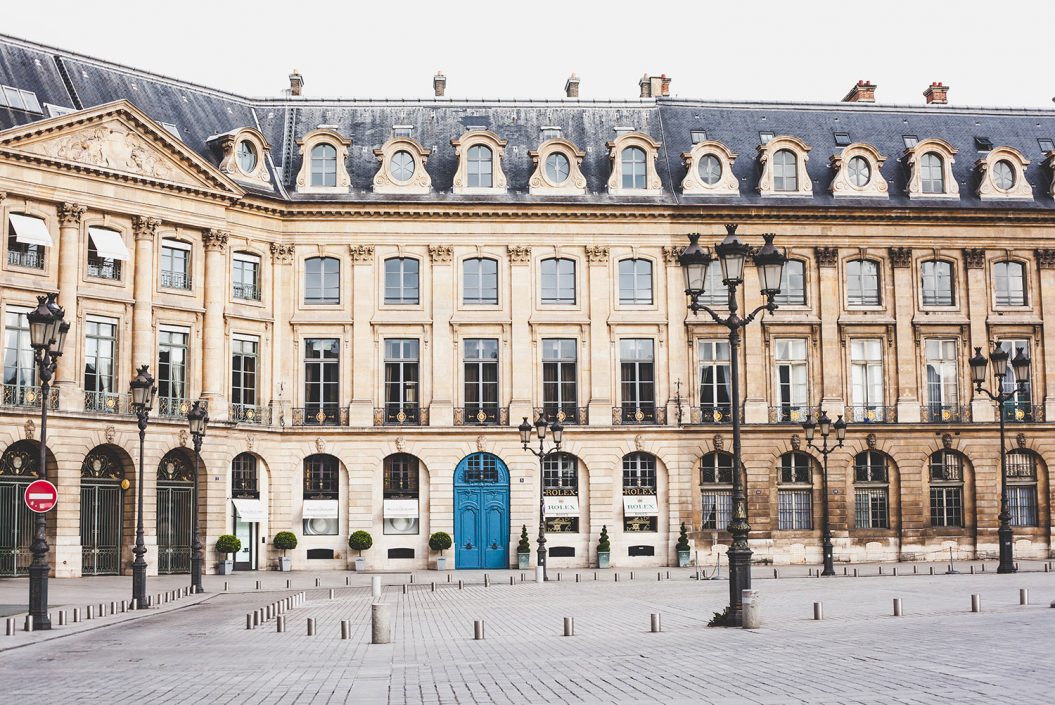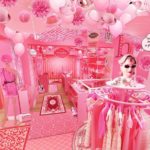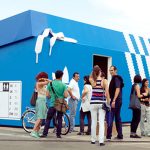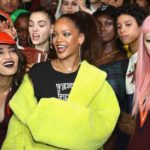Once a press week featuring just one show every hour, Fashion Week has turned into a multimillion dollar event in four of the world’s most renowned cities. At New York Fashion Week alone, the number of shows and presentations now reaches close to 300 , according to a 2017 report done by the New York Times.
What was once only touchable by the world’s most respected designers has now become a city-wide event that opens the doors for retailers of all kinds. Consumer behavior is changing the way designers and retailers alike show and sell their products. In New York, shows are migrating from Bryant Park to temporary pop-up shops or interactive parties, since experiences are the new driving factor.
The shoppable runway, off-runway shows and pop-up shops are some of the ways Fashion Week is morphing today. These changes are presenting new opportunities and creating a global platform accessible to all types of e-commerce retailers.

- How Fashion Week Has Transformed
Immediate gratification is the recurring theme for today’s consumers. We’ve seen it with Amazon Prime — and now Fashion Week has jumped on the bandwagon with the shoppable runway.
Fashion retailer NICOPANDA made a splash at its London Fashion Week debut, taking the “see-now-buy-now” idea a bit further. The retailer partnered with Amazon Prime to make their collection a “see-now-Prime-now” experience and attendees could get their purchases in as little as two hours.
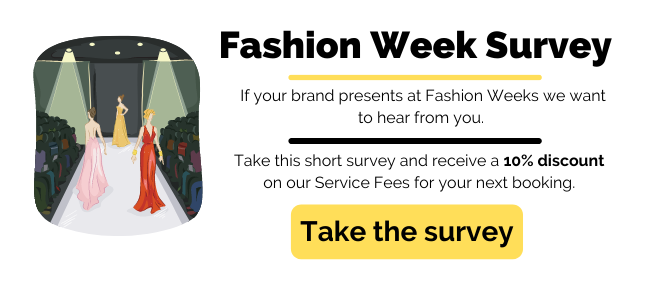
Also at LFW, Tommy Hilfiger bridged the gap between the digital and the real-life experience with its #TommyNow interactive party in 2017, foregoing the Fashion Week runway altogether. Featuring supermodel Gigi Hadid, Tommy Hilfiger shared a livestream of the show, allowing users to purchase instantly or bookmark items to buy later. The brand also created an entire fashion-themed carnival Tommy Pier, complete with games, food and more — and appropriately replaced face painting with manicures. It’s turned the fashion show into a full-blown experience.
The concept of crafting brand experiences at Fashion Week has been adopted by other fashion retailers, too. Brands like Alexander Wang, Charlotte Tilbury and Yeezus have also capitalized on the trend. In turn, Fashion Week itself has become an entire experience, more than just watching models showcase designs down the runway.
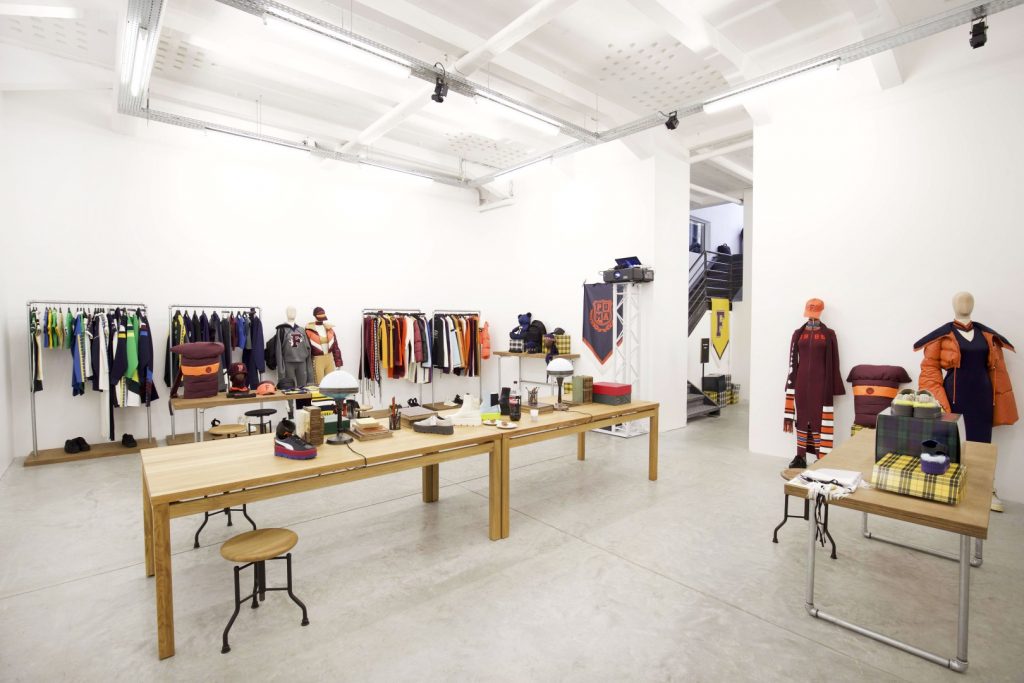
- Fashion Week Pop-Up Shop Opportunities for E-commerce Retailers
Pop-up shops have also opened the doors for e-commerce retailers to get in on the Fashion Week buzz. The opportunities for retailers of all kinds are inarguable. Each attendee drops around $650 during NYFW, creating $532 million in direct visitor spending, according to the New York City Economic Development Corporation (Sept.2013). There are many reasons pop-up shops are an attractive option for retailers:
- Targeted audience: Opening a pop-up shop for Fashion Week allows online retailers to target a specific demographic. Retailers in the apparel, accessory and beauty industries especially benefit from the exposure to more than 200,000 target customers, according to the Guardian.
- Accessibility: The designers showing at Fashion Week have to be invited to participate. For the majority of fashion retailers that don’t make the cut, pop-up shops in the vicinity are a more feasible way to get in on the action.
- Industry credibility: Developing authority in your industry is a great way to make your targeted customers trust your brand and expertise. Participating in one of the industry’s top events showcases allows ecommerce retailers to get involved on a global stage.
- Testing ground: Have a new idea for a product? Test it at your Fashion Week pop-up before going all-in on the investment. Treating the Fashion Week attendees as a focus group for your new concept can generate tons of insights.
- Brand awareness: The opportunities span beyond simple sales. More than half of Fashion Week attendees are from the press, according to the New York Times, and 2011’s NYFW had press from more than 30 different countries, according to the same Guardian study. This means you can get your name out there in a big way.
Pop-up shops aren’t just viable, they’re becoming essential. With more and more online shoppers seeking physical retail experiences, price point is no longer the main factor in purchase decisions. Creating an in-person experience that complements the digital one can catapult sales and customer loyalty in both the short- and long-term.
- How to Do It
When you’re determining how to open a pop-up shop anywhere, there are a few necessary steps:
- Set goals
- Determine your budget
- Find a space
- Set up your space and staff
- Promote your pop-up store
When it comes to a Fashion Week pop-up store, there are additional considerations. As pop-up stores grow in popularity, competition grows as well. It becomes even more important to differentiate yourself and make your pop-up stand out in the crowded space. Offer something more incentivizing than simply an in-person shopping experience.
You can also turn your pop-up shop into a fulfillment center for customers who make online purchases before or during Fashion Week. For customers who are attending shows, it can be a great convenience — and a chance for you to up-sell or cross-promote other products.
Ready to create your own Fashion Week pop-up store? Find your space today!
- London-Based Lifestyle Brand Mantidy Launches Pop Up in Marylebone - November 13, 2019
- Fashion Retailer SHEIN Opens Dallas Pop-Up Shop With Storefront - November 11, 2019
- Howard Johnson popped-up with a candy-themed store in NYC to support brand refresh - September 13, 2019

